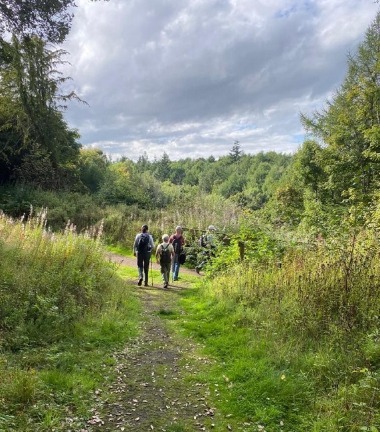Pilgrimage has always held an important place in the world's major religions, but in many of the countries affected by the Reformation, including Scotland, pilgrimage fell out of favour for many centuries. It has seen a resurgence in the Christian tradition in recent times, with Santiago de Compostela in northern Spain a popular destination for modern-day walking pilgrims.

The reformed traditions have now embraced the concept of pilgrimage, and Scotland is fortunate to host a number of pilgrim routes which are easily accessible from most of the country. Some paths are clearly waymarked, such as the Fife Pilgrim Way to St Andrews and some, like the route across Mull to Iona, require the pilgrim to forge their own way or follow vague directions. Today we have the benefit of detailed maps and navigational aids which were no available to our Pre-Reformation brothers!
In ancient times, pilgrimage could at times be a dangerous endeavour, with unscrupulous locals ready to fleece unsuspecting pilgrims, but luckily today we only have to be alert to the dangers of errant drivers in fast cars.